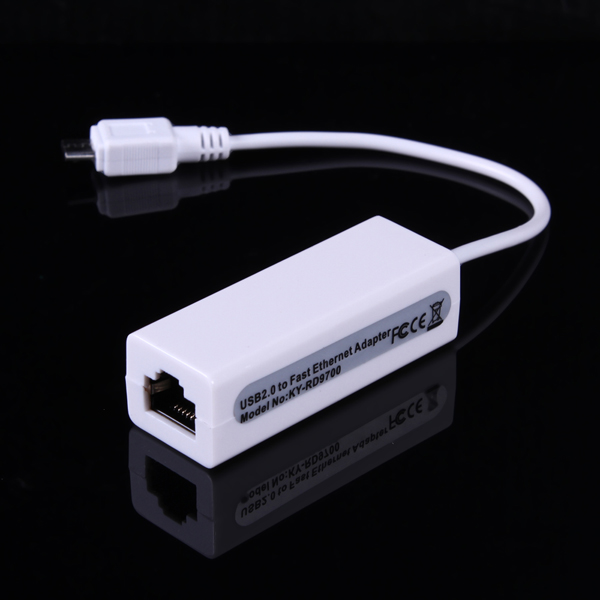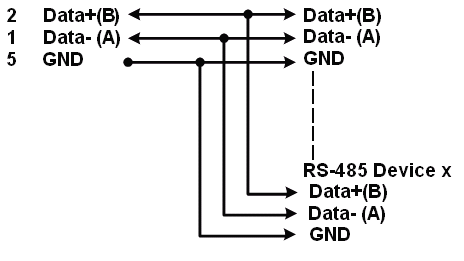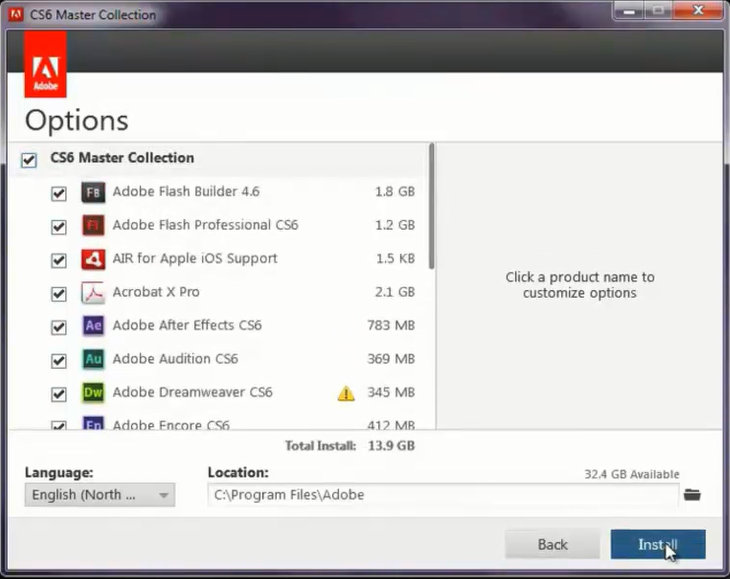


Dual-simplex, on the other hand, corresponds more to the principle of full-duplex, where both sending and receiving is possible. Radio is a good example of this: It can send transmissions, but it can’t receive them. The former only allows transmission in one direction at any time. In addition, there’s also simplex and dual-simplex when it comes to network technology. With full-duplex, however, a station can send and receive at any time. Therefore, half-duplex only allows transmission in one direction at a time. In the context of networks or other communication techniques, duplex basically describes the possibilities with regard to data transmission. Both models are related to the technology used. This prevents bottlenecks on the bridges from canceling out the gain in speed.Ī distinction is made between half-duplex and full-duplex in network technology. It makes sense to form the sub networks in such a way that stations, which have to communicate with each other often, are next to each other. the next highest) OSI layer, the backup layer (data link). Media access control works on the second (i.e. Switches or bridges are used for this – both work on the basis of MAC. To do this, the network must be split up. So that is doesn’t go too far, it’s worthwhile forming smaller collision domains. In very bad cases, it could be that only 30% of the speed is reached. How do too many collisions occur? If there are too many participants in a collision domain, it increases the number of collisions and with it the number of delays. The transmission speed decreases if there are too many collisions. They are scheduled errors and CSMA/CD ensures that collisions do not lead to problems during transmission. In general, collisions cannot be completely avoided with half-duplex systems. The maximum size of a collision domain cannot be extended by interconnecting signal amplifiers (repeaters) either, as these have no influence on the CSMA/CD procedure.

When calculating, the signals going in both directions need to be taken into account.

230.000 km/s (143.000 m/s) (77%) of the speed of light.Īll data is used to the purpose of maximizing the availability of a collection of data, to guarantee the accuracy of the CSMA/CD.ĭata management x duration of transmission = twice the maximum lengthĪ collision domain in a network based on coaxial cables may therefore have a maximum spread of 5.89 km (3.66 m). For example, the twisted-pair cables that are typical for local networks have an NVP value of 0.6 and the slightly older coaxial cables a value of 0.77. The nominal velocity of propagation (NVP) is the percentage of the speed of light that’s reached in the medium. You’re bound to the physical conditions of the transmission medium. The slot time describes the length of time a signal may take to the end of the collision domain and back again.ĭata in networks, however, is not sent through empty space at the speed of light. This results in a slot time of 51.2 μs (microseconds). The smallest data package, which accordingly takes the shortest time for complete transmission, and is the most extreme case, has a size of 512 bits (64 bytes). If you assume you’re dealing with a classic half-duplex Ethernet network, this has a data transmission rate of 10 Mbps. With this knowledge and the information about the network technology being used, the maximum size of a collision domain can be calculated. If no other participant tries to send its data via the medium by the end of transmission, and no collision occurs, the transmission has been a success. Meanwhile, the transmitter continues to monitor the transmission medium to see if it detects any data collisions.
STEP 7 MICRO WIN FULL OR HALF DUPLEX FREE
Only when the medium is free and for a certain time (in interframe spacing), will the station send a data packet. As long as this is occupied, the monitoring will continue. First, the station monitors the transmission medium. If we happen to start talking to someone else at the same time, we stop our attempt, wait a bit, and then try again. Without realizing, we actually behave like this ourselves in conversations: When someone else is talking, we stand back and listen.Īfter the other participant has finished their contribution for the time being, we wait a short time and only start talking when the same participant or another participant in the conversation doesn’t start to say anything else. Instead, they should speak one after the other, so that each participant can fully understand what the others are contributing to the discussion. The procedure is based on a normal group conversation: for good communication, it is important that the participants don’t all speak at once, which can be confusing.


 0 kommentar(er)
0 kommentar(er)
